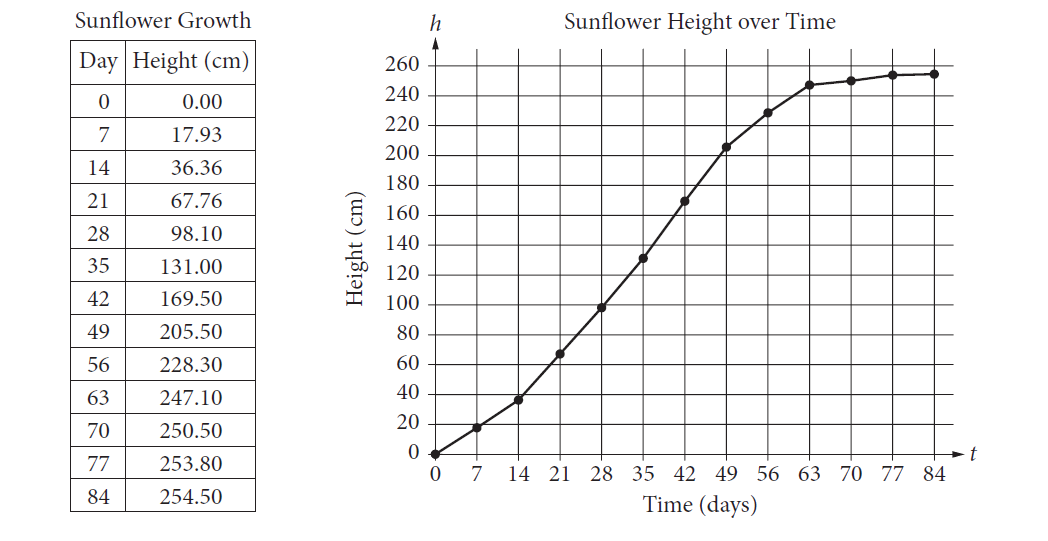Disc florets of Sunflower are
Zygomorphic epigynous
Zygomorphic hypogynous
Actinomorphic epigynous
Actinomorphic hypogynous.
The correct Answer is:C
To answer the question about the characteristics of disc florets of sunflower, we can break down the information as follows:
1. Understanding the Structure of Sunflower:
- Sunflowers belong to the family Asteraceae and consist of many tiny flowers called florets.
- These florets are categorized into two types: disc florets and ray florets.
2. Identifying Disc Florets:
- Disc florets are located at the center of the sunflower's flower head.
- They are small and numerous.
3. Symmetry of Disc Florets:
- Disc florets exhibit actinomorphic symmetry, meaning they have radial symmetry.
- This allows them to be symmetrical around a central axis.
4. Ovary Position:
- The ovary of the disc florets is inferior, which means it is located below the other floral parts.
- This condition is referred to as epigynous, indicating that the ovary is fused with the hypanthium (the floral cup).
5. Conclusion:
- Based on the characteristics discussed, the disc florets of sunflowers are actinomorphic and epigynous.
Final Answer:
The disc florets of sunflower are actinomorphic and epigynous.
---
- Sunflowers belong to the family Asteraceae and consist of many tiny flowers called florets.
- These florets are categorized into two types: disc florets and ray florets.
- Disc florets are located at the center of the sunflower's flower head.
- They are small and numerous.
- Disc florets exhibit actinomorphic symmetry, meaning they have radial symmetry.
- This allows them to be symmetrical around a central axis.
- The ovary of the disc florets is inferior, which means it is located below the other floral parts.
- This condition is referred to as epigynous, indicating that the ovary is fused with the hypanthium (the floral cup).
- Based on the characteristics discussed, the disc florets of sunflowers are actinomorphic and epigynous.
The disc florets of sunflower are actinomorphic and epigynous.
Topper's Solved these Questions
- FAMILIES OF FLOWERING PLANTSBOOK - DINESH PUBLICATION ENGLISHCHAPTER - FAMILIES OF FLOWERING PLANTSEXERCISE - RQ
165 Videos
- FAMILIES OF FLOWERING PLANTSBOOK - DINESH PUBLICATION ENGLISHCHAPTER - FAMILIES OF FLOWERING PLANTSEXERCISE - CYG
10 Videos
- EXCRETORY PRODUCTS AND THEIR ELIMINATIONBOOK - DINESH PUBLICATION ENGLISHCHAPTER - EXCRETORY PRODUCTS AND THEIR ELIMINATIONEXERCISE - Check your graps
10 Videos
- FLOWERBOOK - DINESH PUBLICATION ENGLISHCHAPTER - FLOWEREXERCISE - MULTIPLE CHOICE
258 Videos
Similar Questions
Knowledge Check

In 1919, H. S. Reed and R. H. Holland published a paper on the growth of sunflowers. Included in the paper were the table and graph above, which show the height h, in centimeters, of a sunflower t days after the sunflower begins to grow.
The function h, defined by h(t) = at + b , where a and b are constants, models the height, in centimeters, of the sunflower after t days of growth during a time period in which the growth is approximately linear. What does a represent?AThe predicted number of centimeters the sunflower grows each day during the periodBThe predicted height, in centimeters, of the sunflower at the beginning of the periodCThe predicted height, in centimeters, of the sunflower at the end of the periodDThe predicted total increase in the height of the sunflower, in centimeters, during the period
The ray florets of sunflower has
View SolutionRay florets of sunflower (Compositae) are
View Solutioninflorescence of sunflower is
View SolutionFloret is
View SolutionMovement of Sunflower towards the direction of Sun is
View SolutionName the plastid and pigment likely to be found in the cells of :
petals of sunflower
View SolutionSelect an incorrect statement w.r.t. capitulum inflorescence of sunflower
View Solution
